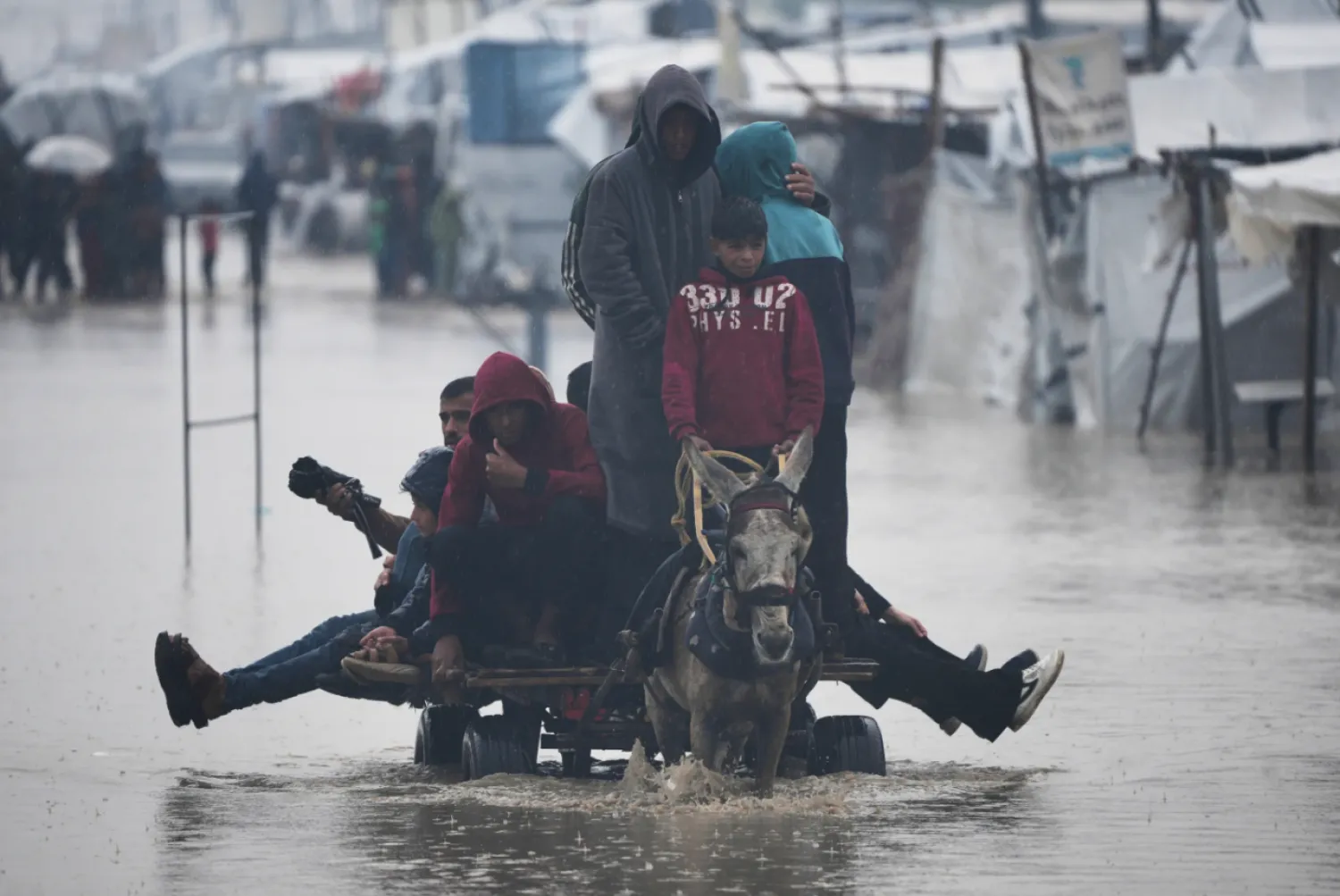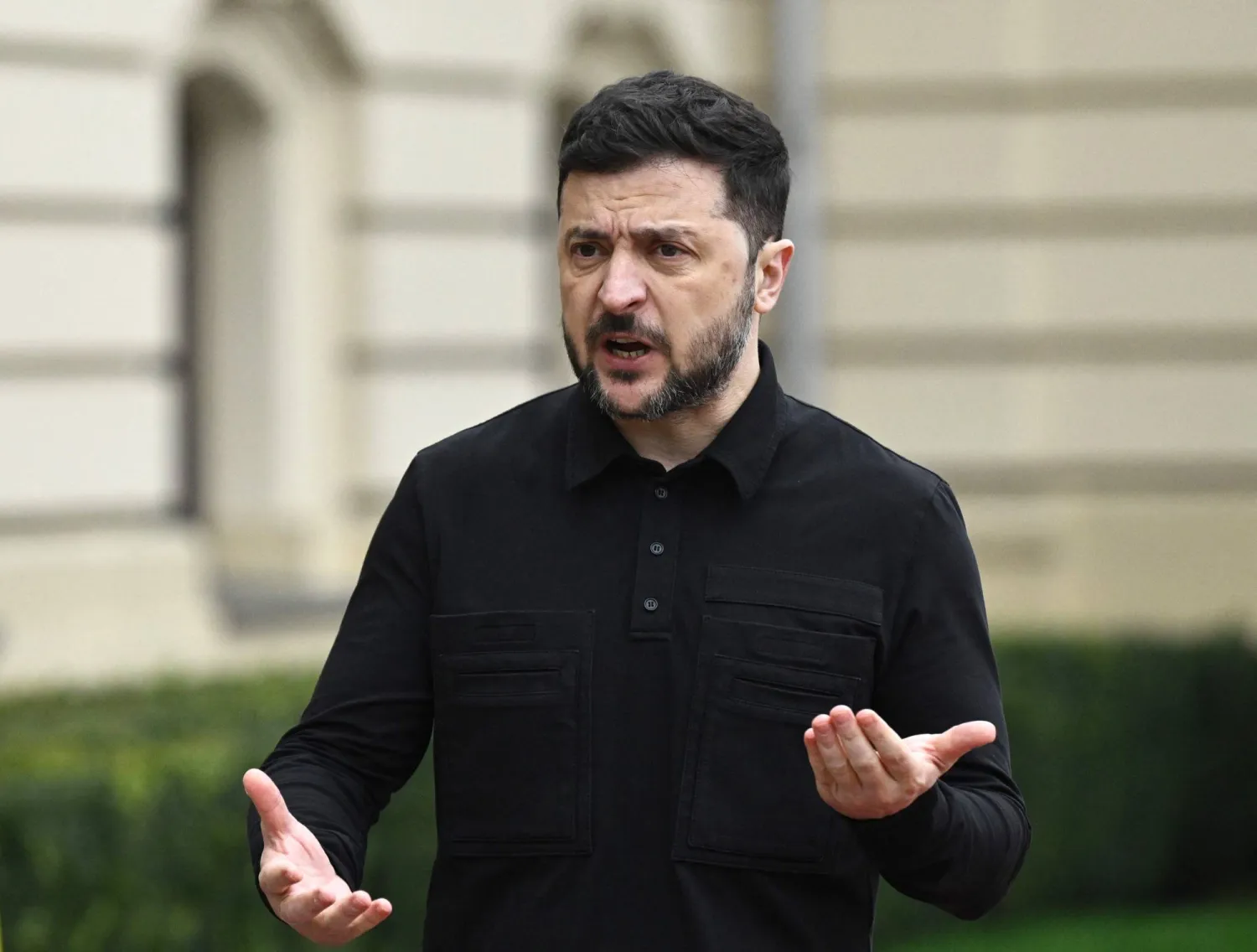Turks were voting on Sunday in a presidential election runoff between the incumbent Recep Tayyip Erdogan and his challenger Kemal Kilicdaroglu that will decide whether the president extends his rule into a third decade.
Here is a guide to the runoff, the two candidates and the key issues as well as details on how the May 14 parliamentary election unfolded:
Presidential vote
Turks will be electing a president for a five-year term.
In the first round of voting on May 14, Erdogan got 49.5% support, falling just short of the majority needed to avoid a runoff in a vote seen as a referendum on his autocratic rule.
Kilicdaroglu, the candidate of a six-party opposition alliance, received 44.9% support. Nationalist candidate Sinan Ogan came third with 5.2% support and was eliminated. The outcome confounded the expectations of pollsters who had put Kilicdaroglu ahead.
A referendum in 2017 narrowly approved Erdogan's move to broaden the powers of the presidency, making the president head of government and abolishing the post of prime minister.
As president, Erdogan sets policy on Türkiye’s economy, security, domestic and international affairs.
THE CANDIDATES:
President Recep Tayyip Erdogan
More than 20 years after Erdogan and his AKP came to power, he hopes to extend his tenure as modern Türkiye’s longest serving ruler.
His strong performance on May 14, when he managed to mobilize conservative voters, defied predictions of his political demise.
Victory would entrench the rule of a leader who has transformed Türkiye, reshaping the secular state founded 100 years ago to fit his pious vision while consolidating power in his hands in what critics see as a march to autocracy.
Over the last week, Erdogan received the endorsement of hardline nationalist Sinan Ogan, boosting the incumbent and intensifying Kilicdaroglu's challenge in the runoff.
In the parliamentary vote held on May 14 support for Erdogan's AKP tumbled seven points from the 42.6% which it won in the 2018 elections, but with his alliance enjoying a parliamentary majority he has called on voters to support him in order to ensure political stability.
Kemal Kilicdaroglu
Kilicdaroglu is both the main opposition candidate and chairman of the CHP, which was established by Mustafa Kemal Ataturk - the founder of modern Türkiye.
He has offered voters an inclusive platform and promised a democratic reset, including a return to a parliamentary system of government and independence for a judiciary that critics say Erdogan has used to crack down on dissent.
However, his rhetoric since May 14 has taken a hawkish turn as he reaches out to nationalist voters in his bid to overtake Erdogan, vowing to send back millions refugees.
Türkiye’s pro-Kurdish parties on Thursday reaffirmed their support for Kilicdaroglu in the runoff without naming him, a day after expressing anger at a deal which he reached with the far right, anti-immigrant Victory Party (ZP).
ZP leader Umit Ozdag declared his party's support for Kilicdaroglu on Wednesday in a potential boost to the CHP leader, countering the impact of Ogan's support for Erdogan. The ZP received 2.2% of votes in the parliamentary election.
What is at stake?
The vote will decide not only who leads Türkiye, a NATO-member country of 85 million, but also how it is governed, where its economy is headed amid a deep cost of living crisis, and the shape of its foreign policy.
Erdogan's critics say his government has muzzled dissent, eroded rights and brought the judicial system under its sway, a charge denied by officials.
Türkiye’s economy is also in focus. Economists say it was Erdogan's unorthodox policy of low interest rates despite surging prices that drove inflation to 85% last year, and the lira slumping to one tenth of its value against the dollar over the last decade.
Kilicdaroglu has pledged to return to more orthodox economic policy and to restore the independence of the Turkish central bank.
On foreign affairs, under Erdogan, Türkiye has flexed military power, forged closer ties with Russia, and seen relations with the European Union and United States become increasingly strained.
Türkiye and the United Nations also brokered a deal between Moscow and Kyiv for Ukrainian wheat exports and Erdogan announced on May 17 the latest two-month extension.
Polling
More than 64 million Turks are eligible to vote at nearly 192,000 polling stations, including more than 6 million who were first-time voters on May 14. There are 3.4 million voters overseas, who voted between May 20-24.
Polling stations in Türkiye opened at 8 a.m. (0500 GMT) on Sunday and close at 5 p.m. (1400 GMT). The sale of alcohol is banned on election day.
Turnout in Turkish elections is generally high. On May 14, the overall turnout was 87.04% of eligible voters, with a level of 88.9% in Turkey and 49.4% abroad.
Results
Under election rules, news, forecasts and commentaries about the vote are banned until 6 p.m. (1500 GMT) and media are only free to report on election results from 9 p.m. (1800 GMT).
However, the High Election Board may allow media to report on results earlier and usually does. Results on Sunday evening are likely to emerge earlier than they did on May 14 given the relative simplicity of the ballot paper.









